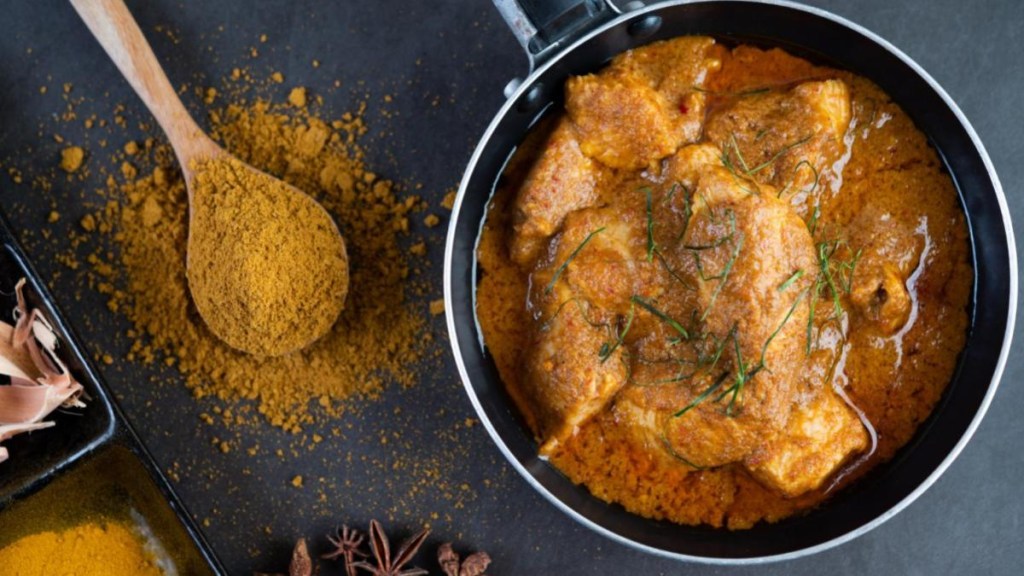Unlike how most perceive, the average cost of home-cooked chicken thali continued to decline while the vegetarian thali price rose in the month of June. If you like the taste of chicken more than that of daal, you have paid less in the previous month due to lower poultry prices, and also because of the uptick in prices of tomato, onion and potato, said Crisil’s monthly indicator of food plate cost – The Roti Rice Rate.
The average cost of preparing a thali at home is calculated based on input prices prevailing in north, south, east and west India. The monthly change reflects the impact on the common man’s expenditure. The data also reveals the ingredients (cereals, pulses, broilers, vegetables, spices, edible oil and cooking gas) driving the change in the cost of the thali.
According to the CRISIL MI&A Research estimates, the cost of home-cooked non-veg thali declined by 4 per cent in June, while veg thali became dearer by 10 per cent on-year during the same month. The cost of non-veg thali fell due to an estimated decline of around 14 per cent on-year in the prices of broiler on a high base of last fiscal, coupled with oversupply situation and lower feed cost on-year. Broiler poultry accounts for 50 per cent of the non-vegetarian thali cost.
Meanwhile, the price of home-cooked veg thali rose due to a surge of 30 per cent in tomato prices, 46 per cent in onion prices and 59 per cent in potato prices on a year-on-year basis, largely because of the low base of last fiscal year. The prices of tomato, onion and potato, according to Crisil, surged because of lower online arrivals due to significant drop in rabi acreage, decline in yield for potato crop due to unseasonal rainfall in March, and virus infestation in tomato summer crop due to high temperatures in key growing regions of Karnataka and Andhra Pradesh that tamped tomato arrivals down 35 per cent on-year.
Furthermore, prices of rice, which account for 13 per cent of the veg thali cost, increased by 13 per cent YoY due to a dip in acreage, resulting in subdued arrivals. The prices of pulses too increased by 22 per cent on-year due to dry spell in key kharif months which impacted the production. Pulses account for 9 per cent of the veg thali cost.
Now, on a month-on-month basis, the cost of the veg thali edged up by 6 per cent and non-veg thali prices increased by 4 per cent. The cost of veg thali rose due to mainly due to a rise in vegetable prices, with prices of potato going up by 9 per cent, onion prices rising by 15 per cent and tomato prices surging by 29 per cent, due to lower arrivals.
The cost of non-veg thali too increased because of the elevated vegetable prices and also due to an estimated 1 per cent on-month rise in cost of broiler.
During the previous month, that is May, the cost of non-veg thali had declined by 7 per cent, while that of veg thali had become dearer by 9 per cent.

